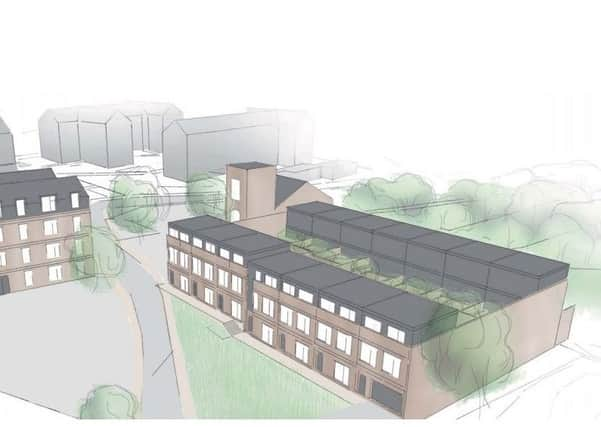'˜Extreme concern' over homes plan at old Leeds mill - but original dates contested


A developer wants to create nearly 40 homes at The Old Mill on Miry Lane in Yeadon after two other proposals in the last 18 months were denied.
Following extensive design work in conjunction with city planners, conservation organisation Historic England and a public consultation, a proposed re-design includes demolishing the majority of the site.
Advertisement
Hide AdAdvertisement
Hide AdLead architects Headoffice3 have contested that the building is not one of 18th century origin – a time period which has led to Historic England to outline its continued objection to the plan in a letter to Leeds City Council.
Kerry Babington, an inspector of Historic Buildings and Areas, said: “We are extremely concerned that the current application does not retain a much larger proportion of this important C18 building and any later phases which contribute to significance.
“The retention of more of the historic structure, even in sections incorporated into new contemporary structures, should be explored to create an innovative, characterful response to the site and its setting.”
She also writes that the amount of the building which would be lost would cause “serious harm” to Yeadon Conservation Area, and objects to the application on heritage grounds.
Advertisement
Hide AdAdvertisement
Hide AdThe letter reads that The Old Mill – also known as T’owd Dog – dates back to 1792 and was built by Joseph Cawthray as the first steam powered mill in the town.
Mills in Yeadon from the 18th century are of significance, she writes, because most of the surviving ones date back to the mid or late 19th century. But the CEO of Headoffice3 said that the current building was made on the site of the steam mill after it was thought to have been ravaged by a fire in 1906.
Glen Harding said: “We feel that this is the only sensible option left for this 1900s building having explored every other avenue and taken the time to assess the viability of each option.
“Even so, this site is only just viable for residential development given the lack of housing the proposed plans are now providing and the expensive design using stone and restoring historic features.
“It’s important we don’t make the mistake of thinking we’re talking about an 18th Century mill when appraising this site.”